Home>Ideas and Tips>Organic Forms In Art Nouveau Home Design
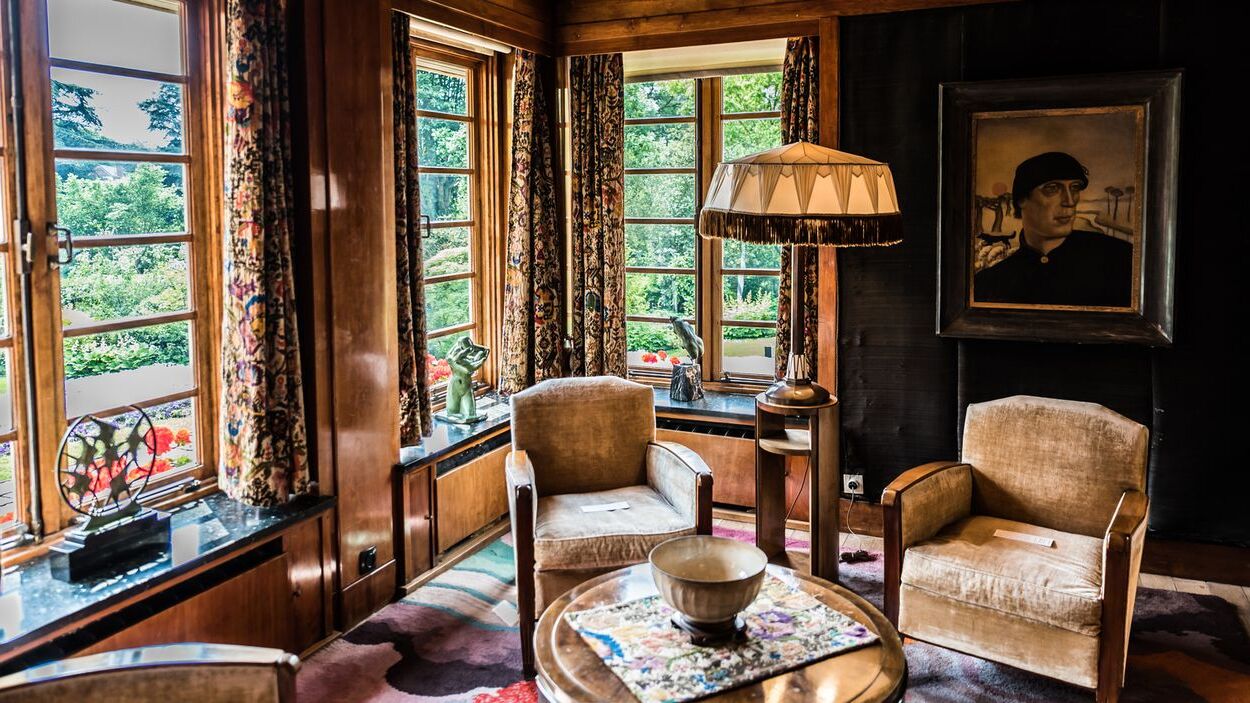

Ideas and Tips
Organic Forms In Art Nouveau Home Design
Published: October 25, 2024
Discover the elegance of Art Nouveau home design with flowing lines, organic forms, and intricate details inspired by nature.
(Many of the links in this article redirect to a specific reviewed product. Your purchase of these products through affiliate links helps to generate commission for Storables.com, at no extra cost. Learn more)
Art Nouveau, a style that emerged in the late 19th and early 20th centuries, is characterized by its organic forms, intricate detailing, and seamless blend of art and function. This movement, which flourished between about 1890 and 1910, was a reaction against the industrialization and urbanization of the 19th century. It celebrated nature, beauty, and human creativity, challenging the traditional hierarchy of the arts and making art more accessible and affordable to a wider audience by using handmade and industrial production methods.
Origins and History of Art Nouveau
Art Nouveau was not merely a style; it was a philosophy advocating for a life lived in harmony with art. It championed the integration of the beauty of nature into our constructed environments, transforming mundane objects into masterpieces of design. The term "Art Nouveau" was derived from a gallery in Paris opened by the art dealer Siegfried Bing in 1895. It was also known by different names in different countries, such as Jugendstil in Germany, Modernisme in Catalonia, Stile Liberty in Italy, and Secession in Austria.
This ornamental style of art, design, and architecture drew inspiration from various artistic movements, including the English Arts and Crafts movement and the ideas of William Morris. Morris championed the values of craftsmanship, nature, and social reform. The movement's international appeal led to its manifestation in architecture, interior design, furniture, and more, becoming known by various names across different cultures.
Influences on Art Nouveau
Art Nouveau was influenced by several key movements:
-
Arts and Crafts Movement: Led by visionaries such as William Morris in England, the Arts and Crafts movement exerted a profound influence on Art Nouveau. With its advocacy for the unity of art and craft and the importance of high-quality craftsmanship, the movement provided a foundational ethos for Art Nouveau. It emphasized handcrafted beauty, the use of natural motifs, and the integration of art into everyday life.
-
Post-Impressionism: Post-Impressionism's focus on expressive brushwork and vivid colors also influenced Art Nouveau. Artists like Paul Cézanne and Vincent van Gogh contributed to this movement's emphasis on capturing the essence of nature through unconventional techniques.
-
Symbolism: Symbolism's use of symbolic imagery and emphasis on the emotional and psychological aspects of art also influenced Art Nouveau's decorative elements.
-
Japanese Art: The influence of Japanese art, particularly its ukiyo-e woodblock prints, is evident in Art Nouveau's use of sinuous lines and organic forms. Japanese art's emphasis on nature and its depiction of natural motifs like flowers, trees, and animals resonated with the Art Nouveau movement.
Key Elements of Art Nouveau Design
Art Nouveau interior design is characterized by several key elements that reflect its organic and naturalistic aesthetic:
Flowing Lines
One of the most distinctive features of Art Nouveau is its use of flowing lines. These sinuous lines emulate the organic forms found in nature, such as plant tendrils and flower petals. These lines are not just decorative; they are fundamental to the structural integrity and aesthetic cohesion of Art Nouveau creations. From architectural facades to intricate patterns on glassware and jewelry, flowing lines are ubiquitous in Art Nouveau design.
Organic Forms
Art Nouveau celebrates the beauty of nature through its use of organic forms. These include floral motifs, vines, leaves, and other natural elements that are often depicted in intricate detail. The movement's emphasis on organic forms reflects its commitment to integrating art into everyday life by making it accessible and beautiful.
Asymmetry
In a bold departure from classical norms, Art Nouveau embraced asymmetry. This choice reflected nature's own irregularities and unpredictability, such as the uneven growth of vines or the diverse shapes of leaves. Asymmetrical designs in Art Nouveau pieces convey vitality and growth, echoing the natural world's ever-changing beauty.
Ornamentation as Essence
The 19th century often treated ornamentation as an afterthought or an unnecessary addition. In contrast, Art Nouveau redefined ornamentation, integrating it seamlessly into the object or structure's overall design. Ornament in this movement was not merely added but organically grew from the work itself, blurring the lines between the decorative and the structural. This approach to ornamentation ensured that every detail was harmonious and essential to the whole.
Innovative Use of Materials
Art Nouveau marked a significant shift in material selection and application, favoring substances that could be shaped to achieve the desired organic forms. Glass, iron, and ceramics emerged as preferred materials, offering new possibilities for creative expression. Iconic Art Nouveau stained glass windows and lamps showcased these materials' ability to capture and play with light in novel ways. This embrace of new materials underscored Art Nouveau's commitment to modernity and innovation, allowing for greater experimentation and creativity in design.
Iconic Art Nouveau Designs
Several iconic designs exemplify the essence of Art Nouveau:
Victor Horta's Hôtel Tassel
Victor Horta is widely regarded as one of the pioneers of the Art Nouveau movement, particularly in architecture. His buildings, such as the Hôtel Tassel in Brussels, are celebrated for their innovative use of iron and glass, as well as their flowing, organic forms. Horta’s designs often featured intricate wrought ironwork, curvilinear lines, and naturalistic motifs that seamlessly integrated structure and decoration. His emphasis on light, open spaces, and fluid interior layouts exemplified the principles of Art Nouveau, creating a harmonious and aesthetically pleasing environment.
Émile-Allain Séguy's Designs
Émile-Allain Séguy bridged the Art Nouveau and Art Deco movements, embodying the essence of both styles in his distinctive designs. His work is characterized by an exquisite blend of naturalistic and geometric patterns, reflecting the organic elegance of Art Nouveau and the bold modernity of Art Deco. Séguy’s intricate designs, such as those in his series “Papillons” and “Insectes,” showcase his meticulous attention to detail and vibrant use of color, capturing the delicate beauty of nature with scientific accuracy and artistic flair.
Maurice Pillard Verneuil's Work
Maurice Pillard Verneuil was an influential figure in both the Art Nouveau and early Art Deco movements. His work is renowned for its detailed and vibrant patterns that often drew inspiration from natural elements such as flowers, animals, and marine life. Verneuil’s early designs exemplify the organic forms and intricate detailing characteristic of Art Nouveau, while his later works began to incorporate the more geometric and stylized motifs of Art Deco. His ability to seamlessly transition between these two styles illustrates the fluidity and adaptability of his artistic vision.
Incorporating Art Nouveau Elements into Your Home
While Art Nouveau may have originated in the late 19th and early 20th centuries, its timeless elegance and organic beauty make it a style that can be incorporated into modern homes. Here are some tips for incorporating Art Nouveau elements into your living space:
Read more: How To Organize Art Supplies
Floral Patterns and Motifs
Floral patterns are a hallmark of Art Nouveau design. Look for furniture and decorative items adorned with intricate floral motifs that evoke the natural world. These patterns can be found on wallpaper, textiles, glassware, and even furniture upholstery.
Curved Lines and Shapes
Art Nouveau is characterized by its use of curved lines and shapes. Incorporate these elements into your decor through furniture pieces like arched doorways or intricately carved furnishings that feature sinuous curves reminiscent of plant tendrils or flower petals.
Asymmetrical Designs
Embrace asymmetry by choosing decorative items that do not follow traditional symmetrical patterns. This can add a dynamic sense of movement and spontaneity to your space, reflecting nature's own irregularities.
Stained Glass
Stained glass windows were a staple of Art Nouveau design. These windows showcased the movement's ability to capture and play with light in novel ways. Consider incorporating stained glass elements into your home decor for a touch of elegance and sophistication.
Exotic Woods
Choose furniture crafted from exotic woods like mahogany, rosewood, and ebony to infuse your space with warmth and richness. These luxurious materials not only add a sense of opulence but also showcase the natural beauty of the wood grain, enhancing the organic aesthetic of the Art Nouveau style.
Conclusion
Art Nouveau interior design is a style that celebrates the beauty of nature, the craftsmanship of the artisan, and the allure of artistic expression. By incorporating organic forms, stylized motifs, rich materials, and artistic details into your decor, you can create a space that is both timeless and captivating. Whether you're drawn to the romanticism of floral patterns or the opulence of stained glass, embracing the elegance of Art Nouveau can transform your home into a sanctuary of beauty and inspiration.
In conclusion, Art Nouveau's legacy extends beyond its historical period; it continues to influence modern design with its emphasis on organic forms, innovative use of materials, and seamless integration of art and function. By understanding and appreciating these elements, you can bring this captivating style into your home, creating an environment that honors both nature's beauty and human creativity.
Was this page helpful?
At Storables.com, we guarantee accurate and reliable information. Our content, validated by Expert Board Contributors, is crafted following stringent Editorial Policies. We're committed to providing you with well-researched, expert-backed insights for all your informational needs.
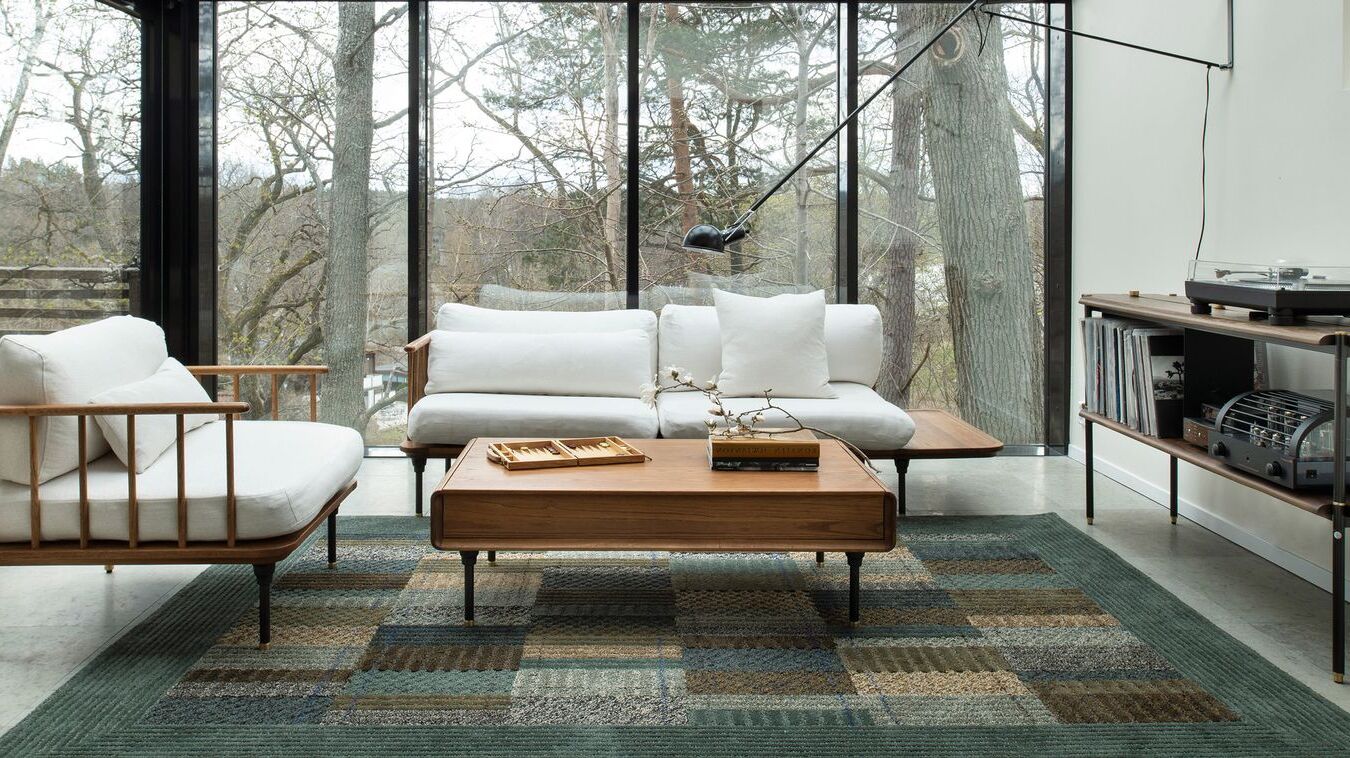


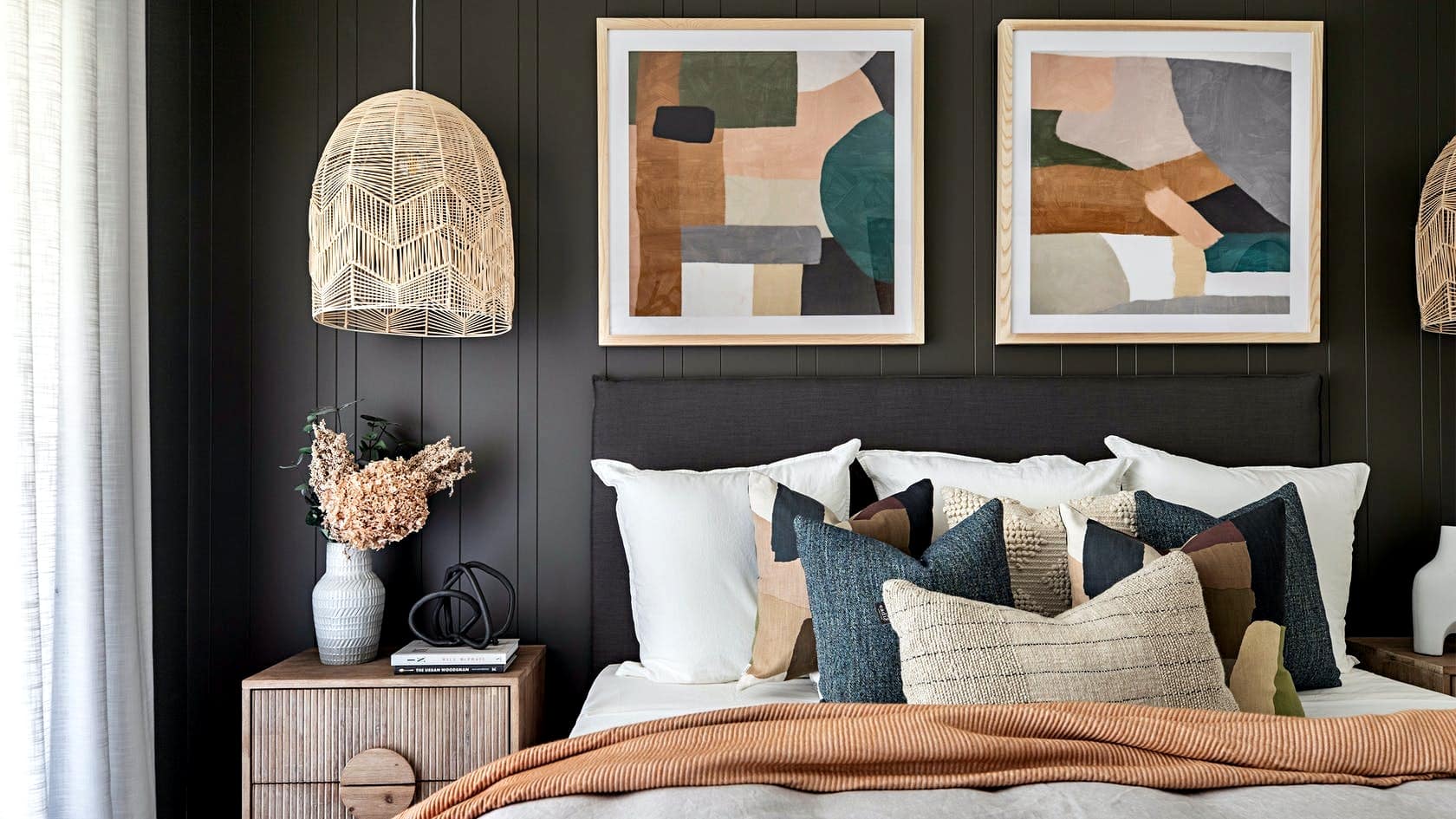
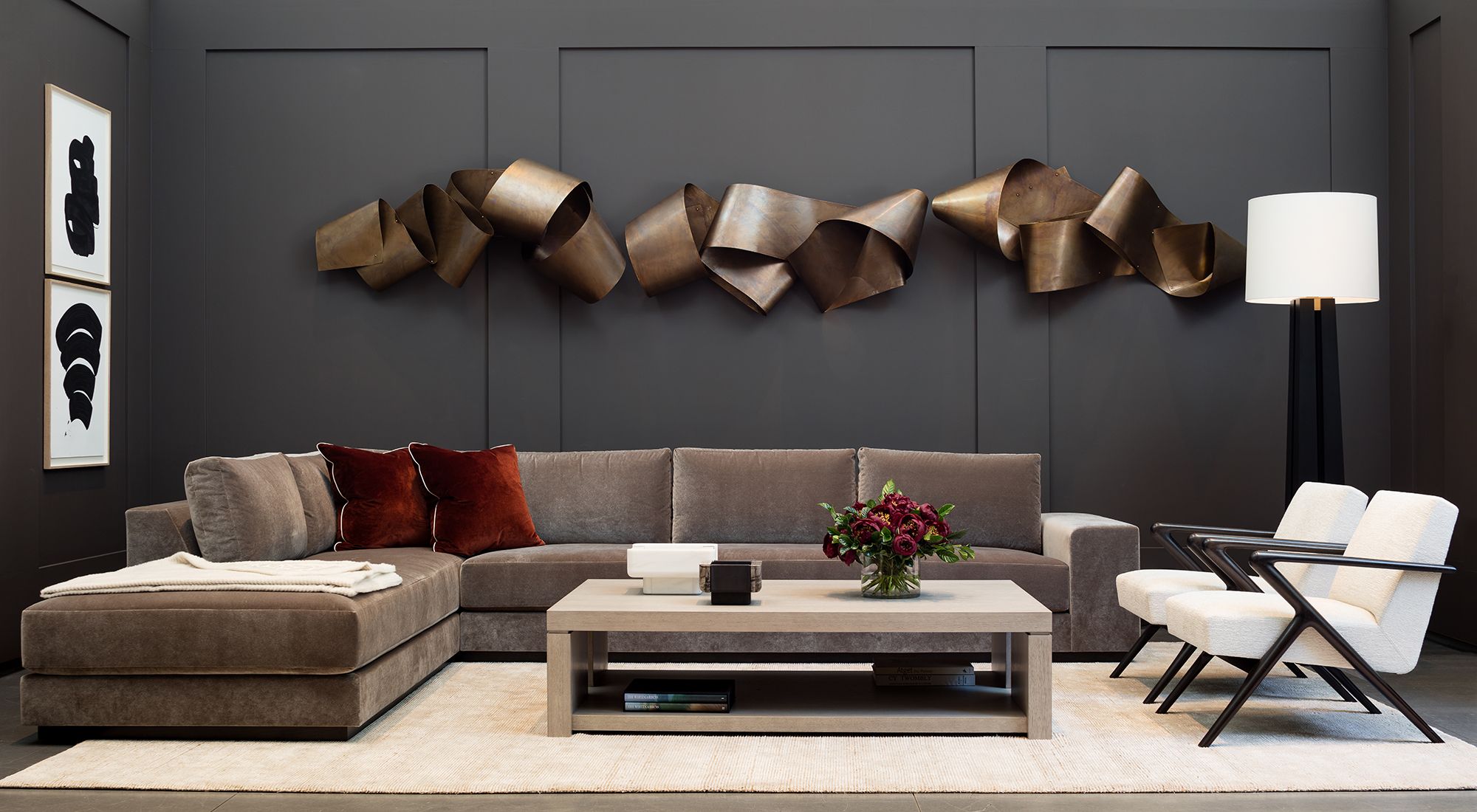
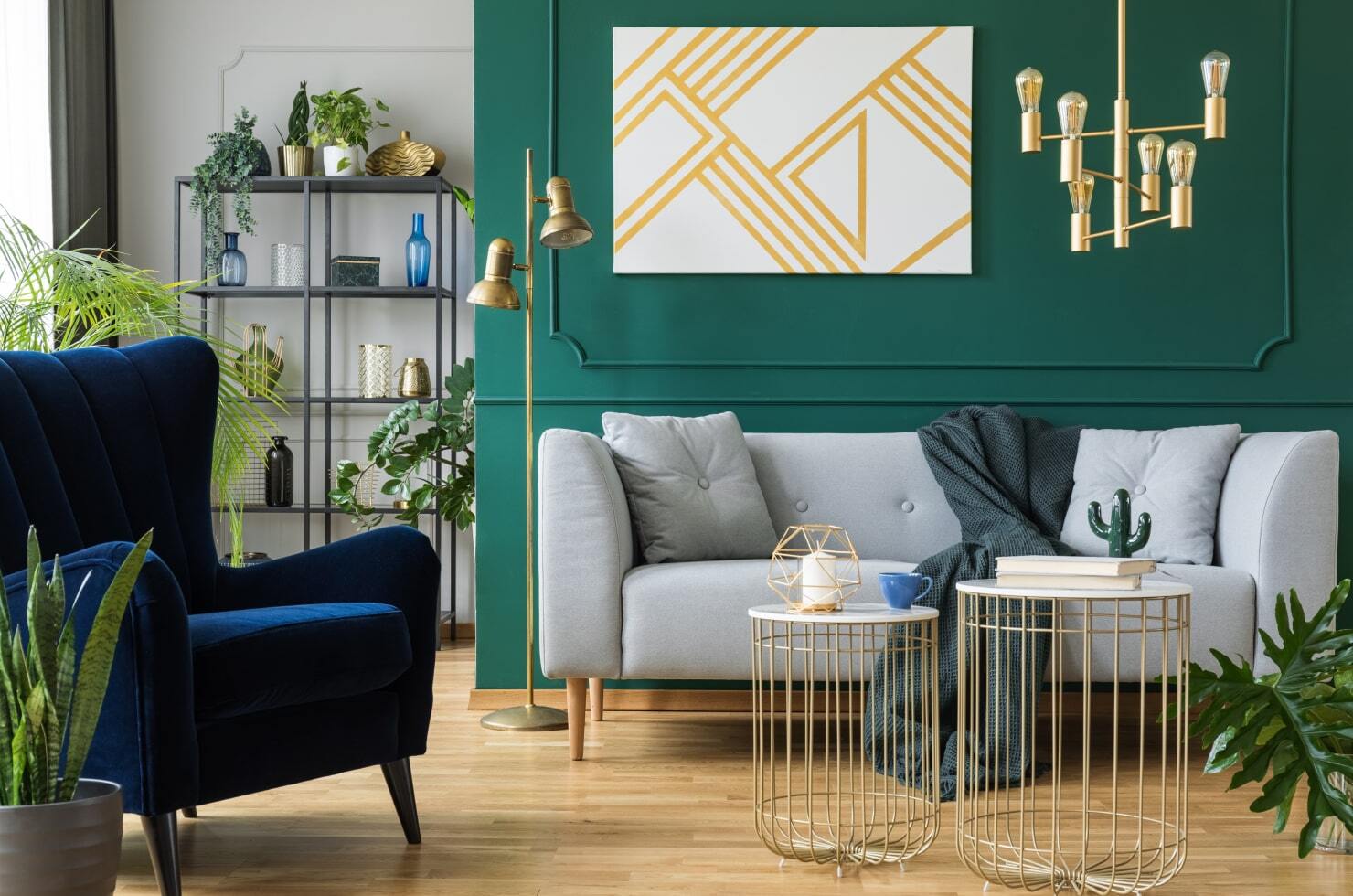
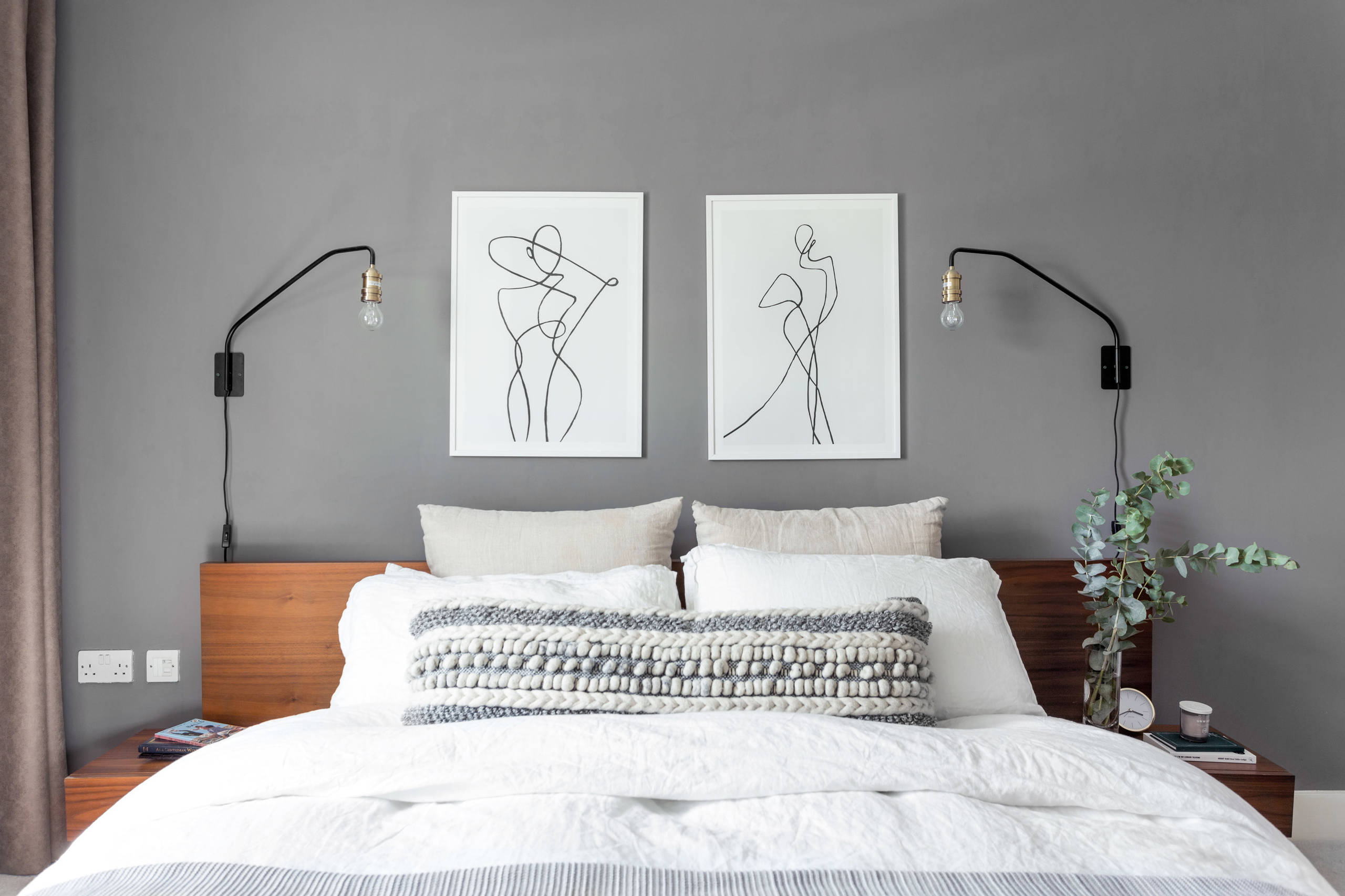
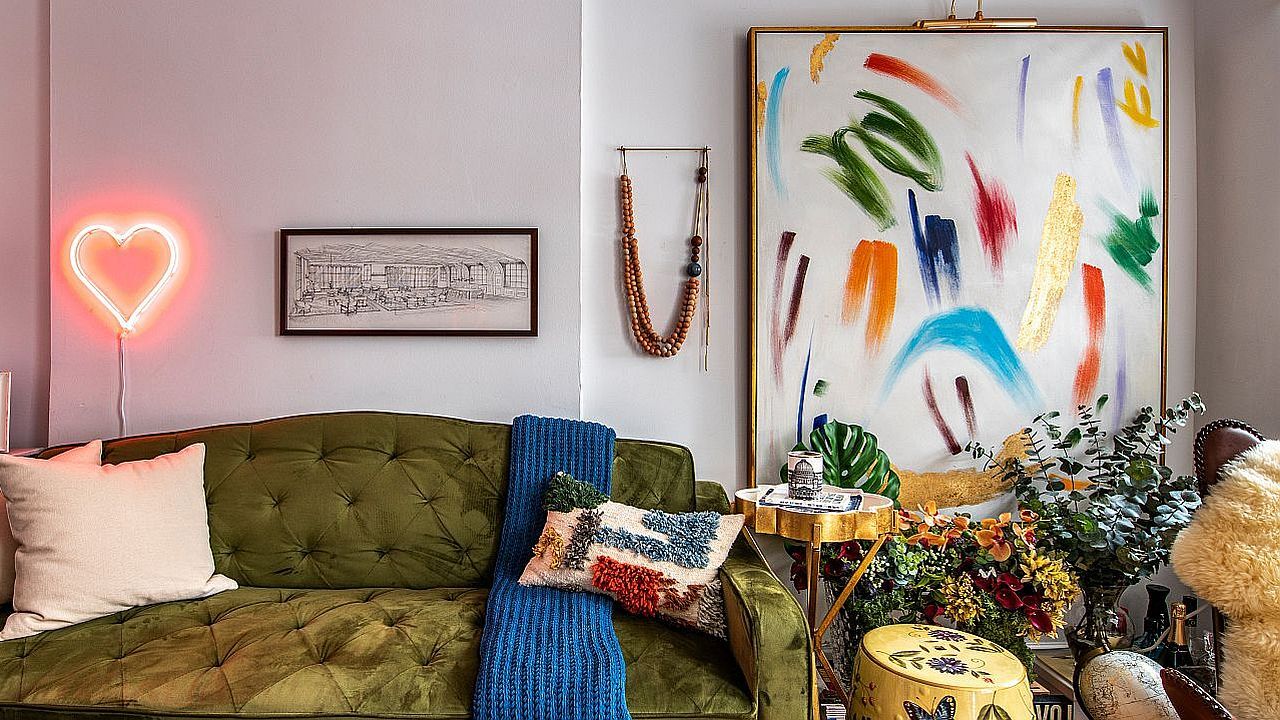
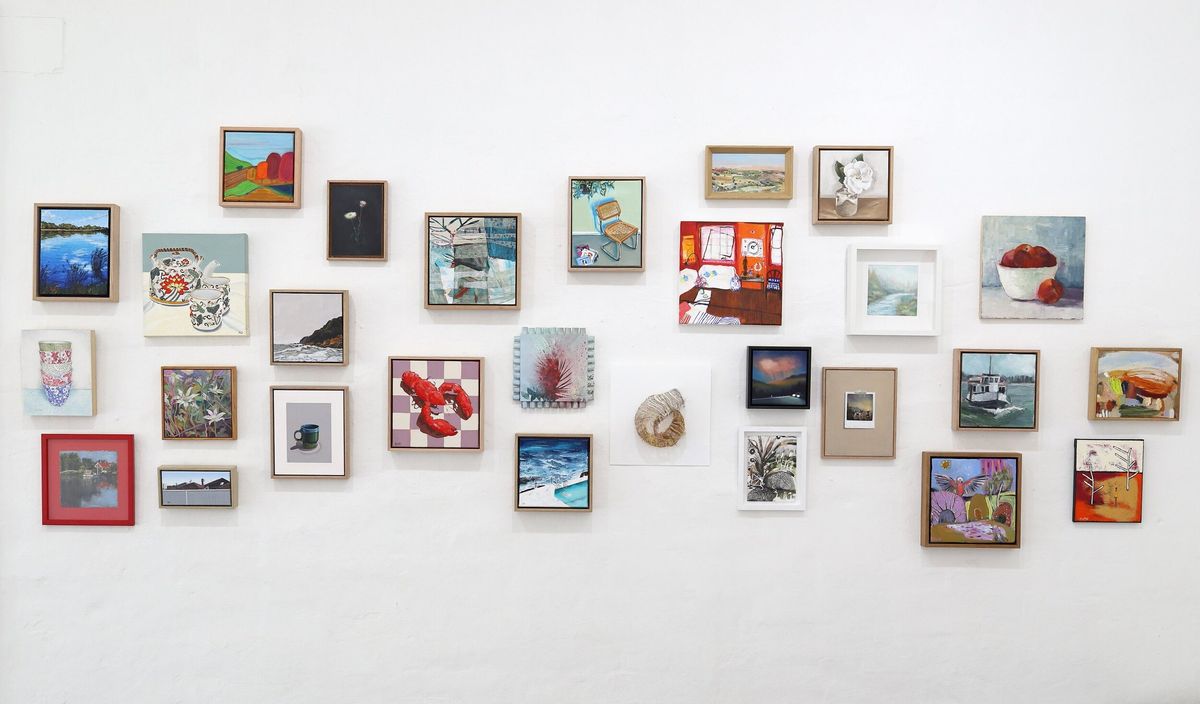
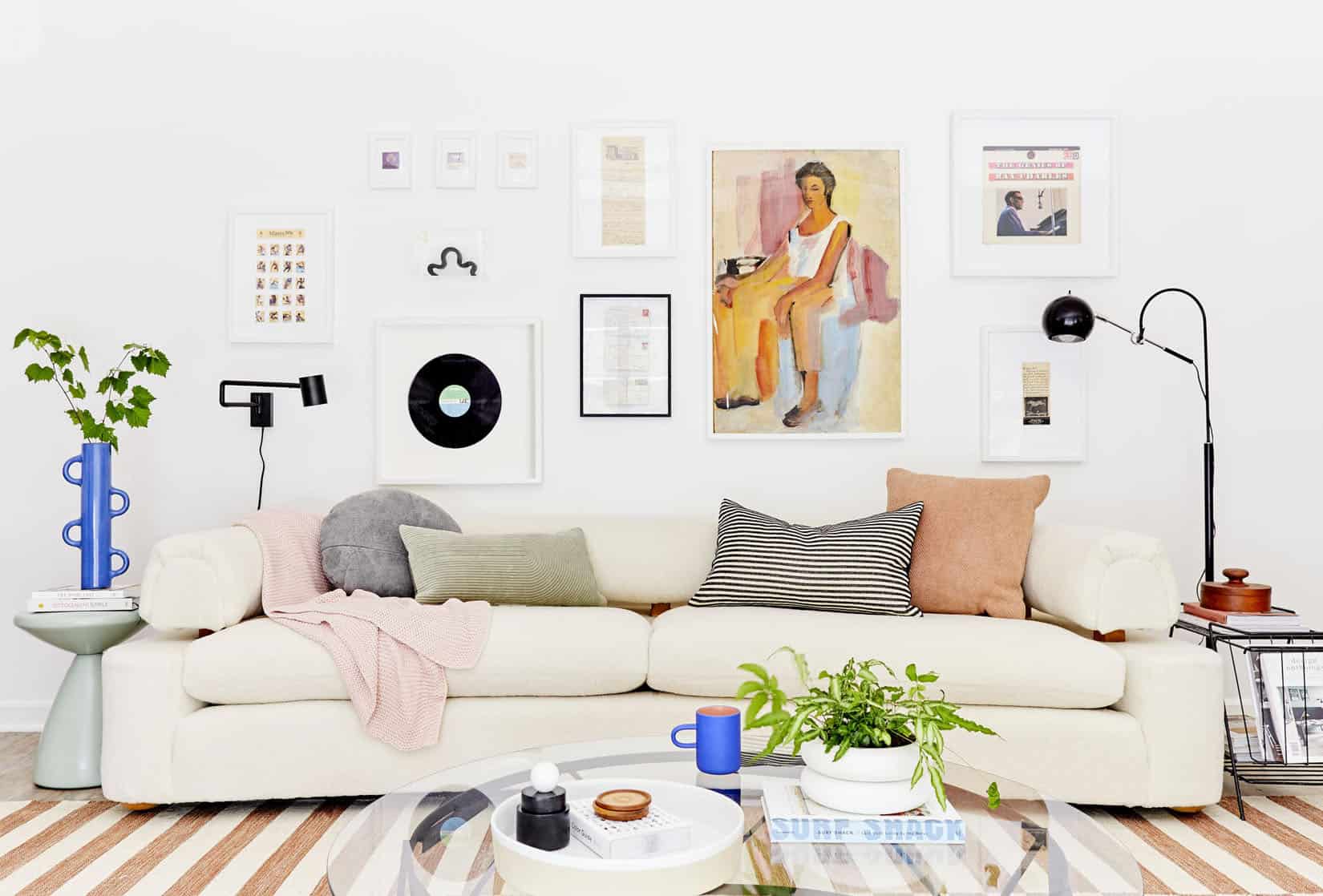
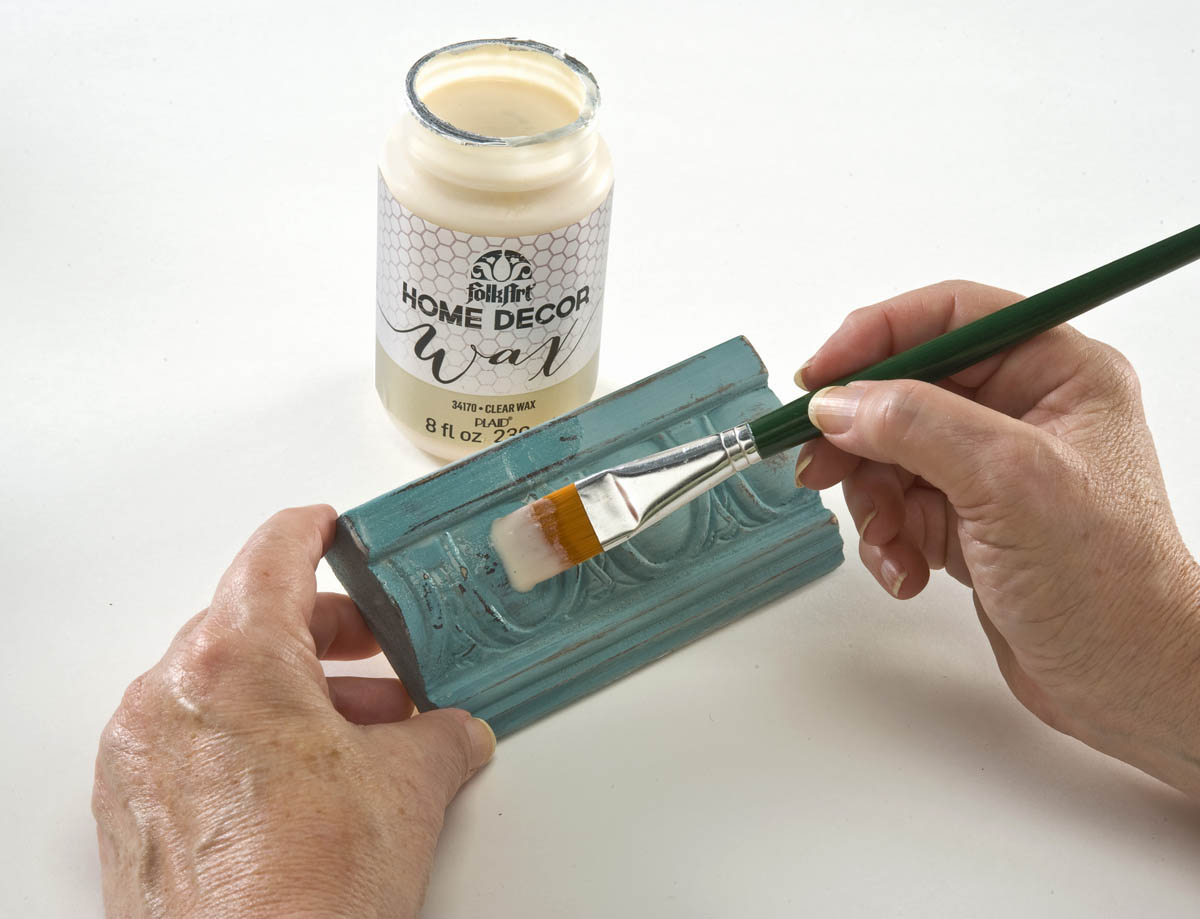

0 thoughts on “Organic Forms In Art Nouveau Home Design”